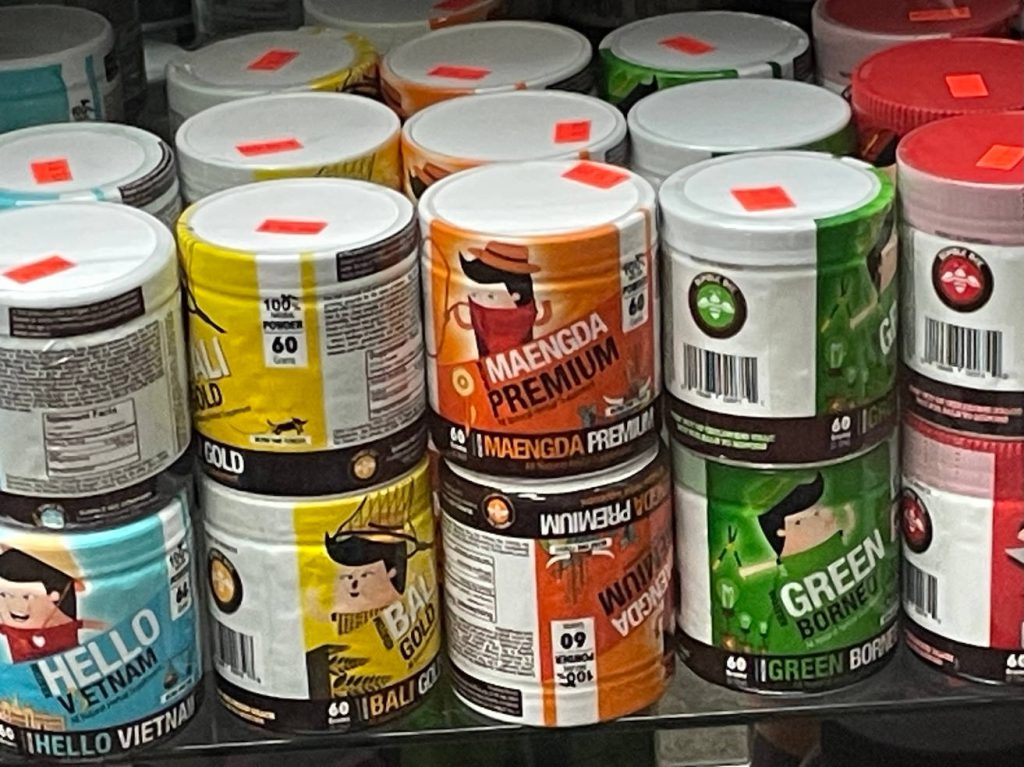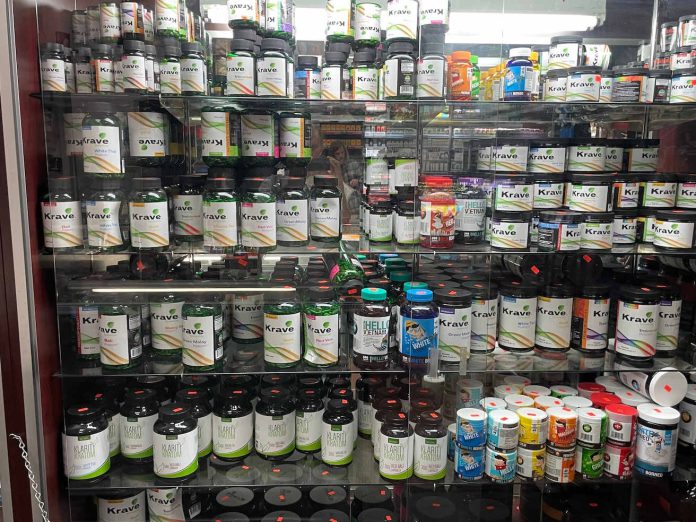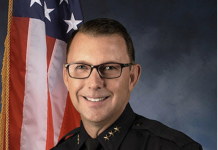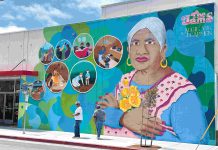The Santa Cruz County Board of Supervisors on Tuesday tabled an ordinance that would have banned the sale of Kratom, opting instead for a watered-down version that prohibits the sale to anyone under 21 but includes a public education component.
Kratom is a plant grown in Southeast Asia and widely sold in various forms throughout the U.S. by retail establishments such as gas stations and smoke shops.
Ingested by mouth, it is hailed by users and industry insiders as a reliever of anxiety and pain—as well as a natural way to ease opioid withdrawal.
It has taken root in communities throughout the country and has garnered an estimated 12,000 users in Santa Cruz County and 15 million nationwide.
But to medical professionals, the plant—dubbed “gas station heroin” by detractors—is more dangerous than users realize. The active ingredient, 7-hydroxyitragynine, is more potent than morphine, and in fact affects the same brain receptors, said Supervisor Kim De Serpa, who brought the ordinance to the board.

“This is a substance that is not good for people, and certainly not good for our youth,” she said. “It is a gateway drug to get kids hooked.”
And because the $1.5 billion industry is unregulated by local, state or federal governments, the substance has no age restrictions and is available to virtually anyone, said De Serpa, who has spent her career as a medical social worker.
Use can cause dependence and addiction, liver injury, hypothyroidism, kidney failure, abnormal heart rhythm, seizures, nausea and vomiting, she said.
“I have seen many people, including youth, come in overdosed on Kratom and in fact have lost a couple of those patients,” she said.
Casey Grover, a Monterey-based physician who specializes in substance use disorders, said he has treated several people who have used Kratom.
“The vast majority of my patients say something to the effect of, ‘if I had known what this stuff was, I never would have started it,’” he said.
Santa Cruz County Public Health Officer Lisa Hernandez said that a 2019 survey showed that 62% of smoke shops have it for sale. It can also be purchased both online and in health stores.
“Taking action now is something that can help prevent Kratom from becoming even more of a public health and substance use issue, especially in the setting of a community that is impacted by the opioid epidemic,” Hernandez said.
But numerous public speakers addressed the board, saying that they use the substance to deal with pain and addiction and asking the board to impose regulations rather than a ban.
A man named Anthony called in to say that Kratom is the only thing that keeps him from lapsing back to alcoholism.
“Don’t punish responsible users,” he said.
Supervisor Monica Monica Martinez said she was listening to the medical professionals who spoke on the hazards of the plant.
“As a county, it’s our job to set policies that protect the public health of our residents,” she said. “It’s pretty simple.”
Supervisor Justin Cummings said that the majority of people who spoke were concerned about the highly concentrated potent synthetic products, not the natural plant form.
“If we ban this, we’re really just creating a black market where there is no regulation,” he said.
“I think we should not be cutting off the opportunity for people to access those naturally occurring substances that are sold in natural forms in a healthy way.”
The ordinance will be retooled and brought back to the board at a later date.











